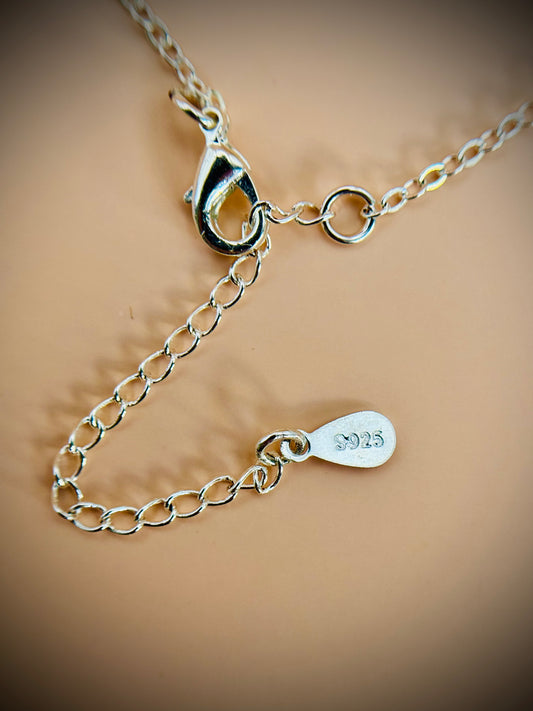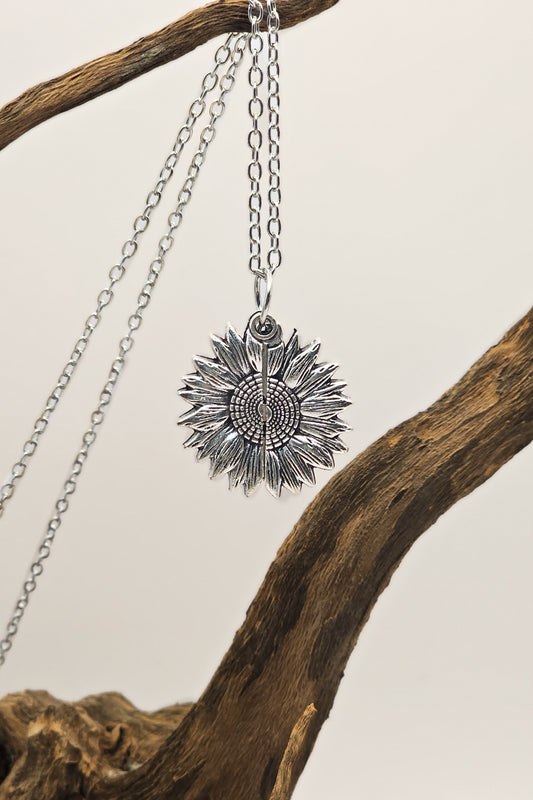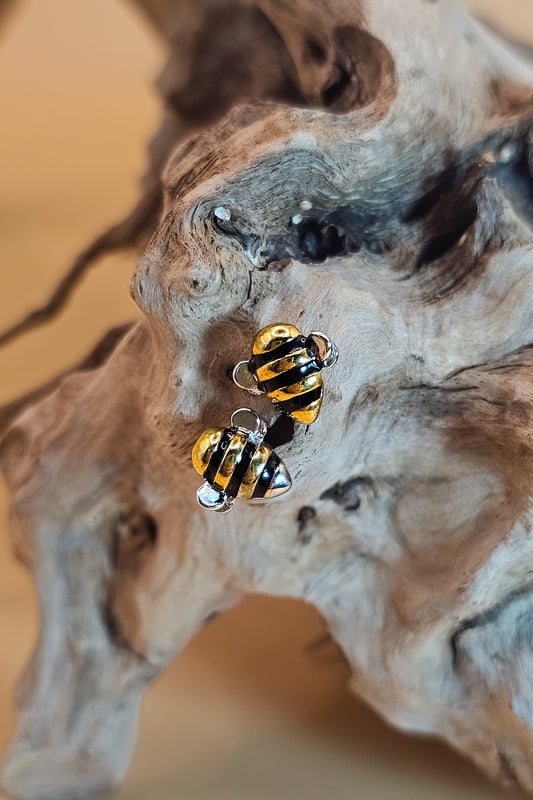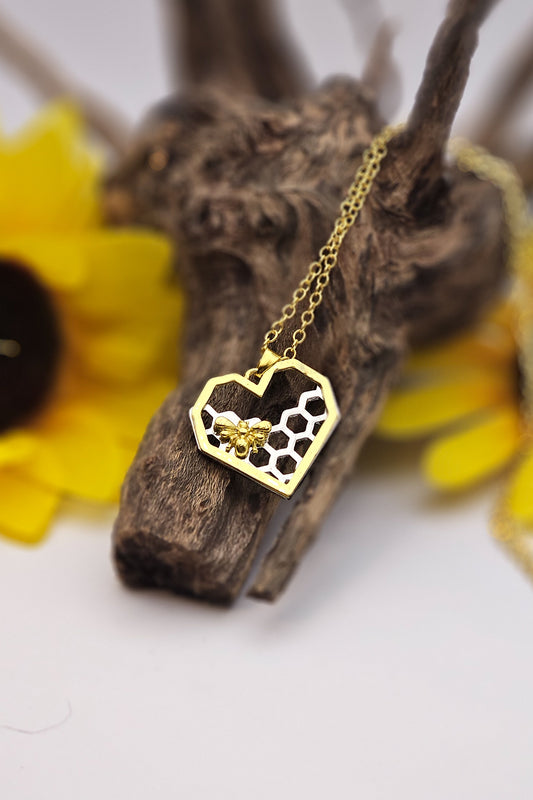Are you quarantined and getting antsy for something fresh, new and exciting to do? Here’s a splendid idea. Plant a pollinator garden for bees that will help them long after your life is back to normal.
There are so many flowering plants that will delight your little winged friends, like non-native evergreen azaleas and crocus blooms with their vibrant colors.
Human life may be disrupted, but for bees it is business as usual… foraging for nectar and pollen to bring home to the hive.
Before you say, “I know nothing about gardening…” or “I’m afraid of bees…” or “I won’t have time to maintain it when I get busy again…” here's some wisdom on behalf of all bees.
Your garden can be a small patch of back yard or a few flowerpots on your balcony. A garden is easy to start, low maintenance, will be a treat for your own eyes to behold, and best of all—it will feed many of the pollinators that feed you.
How splendid will it be to have life fluttering and buzzing around your garden in all seasons except winter? All you need are a few strong plants and a fresh water source, and you’ll have honeybees, native bees, butterflies and hummingbirds to watch on a lazy afternoon.
This 2:08-minute long video is about planting a bee-friendly garden in Australia:
With Earth Day right around the corner on April 22, 2020, a garden can be your BEE-KIND-TO-THE-EARTH project. The theme this year is climate action, and that is vitally important to bees and other pollinators.
Experts say the best way you can protect bees and make their lives easier is to give them access to nectar-rich plants. Their natural habitats are dwindling so small diverse gardens are more important than ever. Like humans, when bees are properly fed, they are healthier, and this helps them withstand other issues such as disease, parasites and pesticide impact.
Plant native species of plants because they are hardy, and bees have fed on them for thousands of years. These require little watering once they take hold and can thrive in most types of soil. Get a list of native flowering plants by season in your area. Black-eyed Susan, aster, Virginia Bluebells, cone flower and phlox are a few. Choose to plant heirloom seeds for maximum pollen and nectar. Hybrids are less generous.
The easiest way to go about this project may be to shop online for the plants you want so they can be delivered to your house or you can do a curbside pick-up. Where to find these? Some online dealers sell native plants, and some may deliver. Search online for local native plant societies like the Lady Bird Johnson Wildlife Center in Texas. Local garden centers and not-for-profit native plant associations can also be helpful.
Be inspired as flowers bloom in this 3:24-minute National Geographic Time Lapse video:
Place plants close together, so pesticides or mulch are unnecessary. Plant in clusters or bunches, since bees tend to gorge themselves on a particular type of blossom nectar. This will cause them to linger longer. A single aster may not interest a busy bee, but 3-5 asters grouped tightly may be seen as a feast for the taking.
Plan your garden to be the gift that keeps on giving in all seasons. Plants that bloom in spring, summer and fall let local bees know that you’ve got their needs covered. Virginia Bluebells are early blooms in late March and early April and can be planted in the shade since they bloom before tree leaves burst forth.
Plant your favorite flowers too, or colors you enjoy gazing at, even if they aren’t native to your area. Many are bee-friendly, like Japanese Andromeda, which drives bees crazy in March with their bell-shaped flowers that cascade in bunches.
Don’t forget your culinary herbs like basil, mint and oregano, as we recently blogged about in A Culinary Garden for BEE and Me. If you let herbs flower, they will attract many bees. They are easily kept in a window box or flowerpot. The giant hyssop (anise) attracts many pollinators and is an enduring bloomer. If you have enough space, a small herb garden is heavenly.
Last but certainly not least, don’t forget to provide a fresh water source. Last year we wrote a very popular post, A Garden Bee Bath. Foraging and pollination are hard work, so bees get thirsty, too. They also need water to bring home to the hive. A bird bath with some stepping-stones or sticks would do the trick.
As summer turns to autumn and flowers fade, don’t rush to cut back old growth. Many a withered plant stalk provides shelter for wild bees as winter homes. Fallen leaves turn to mulch and offer bees places to snuggle away from the elements.
This way your garden is bee-friendly all year round.








